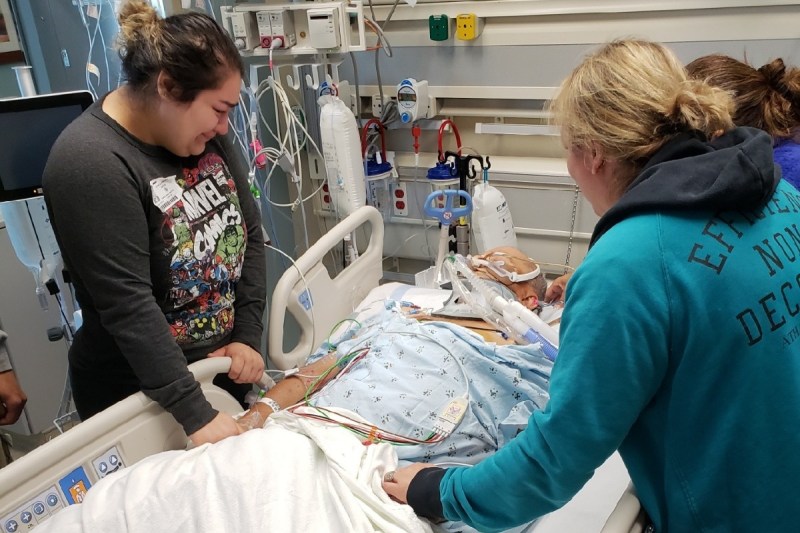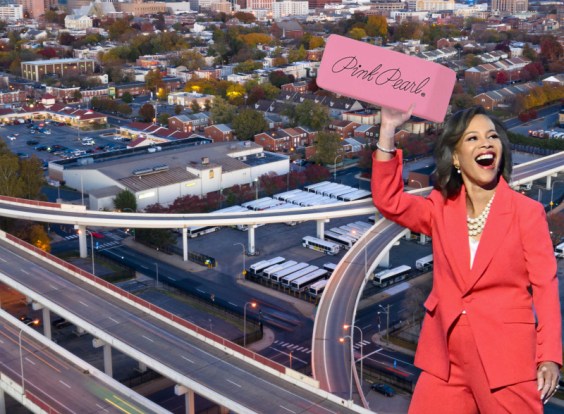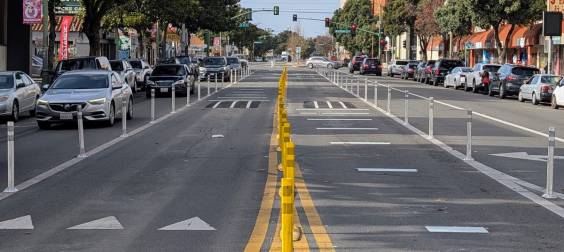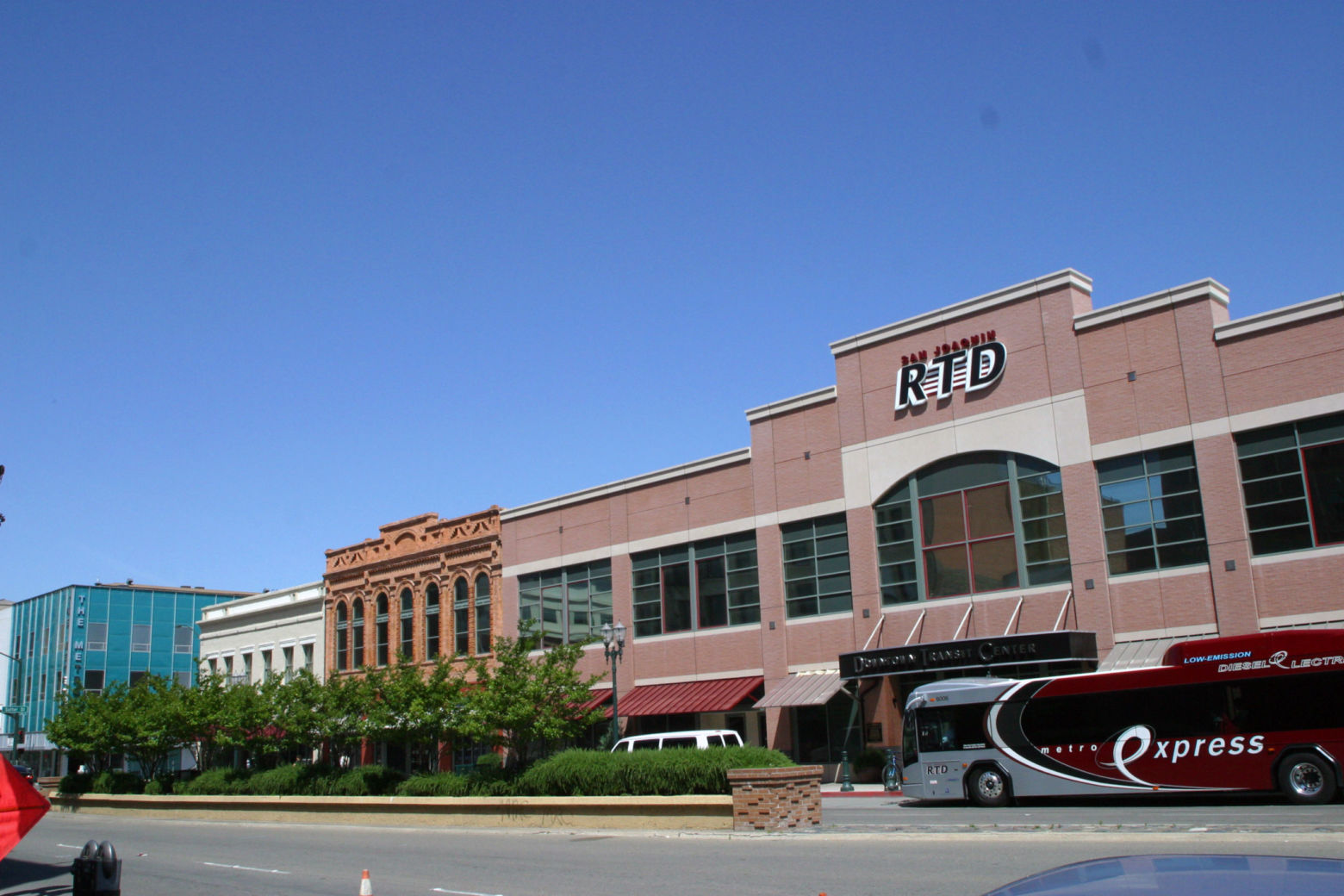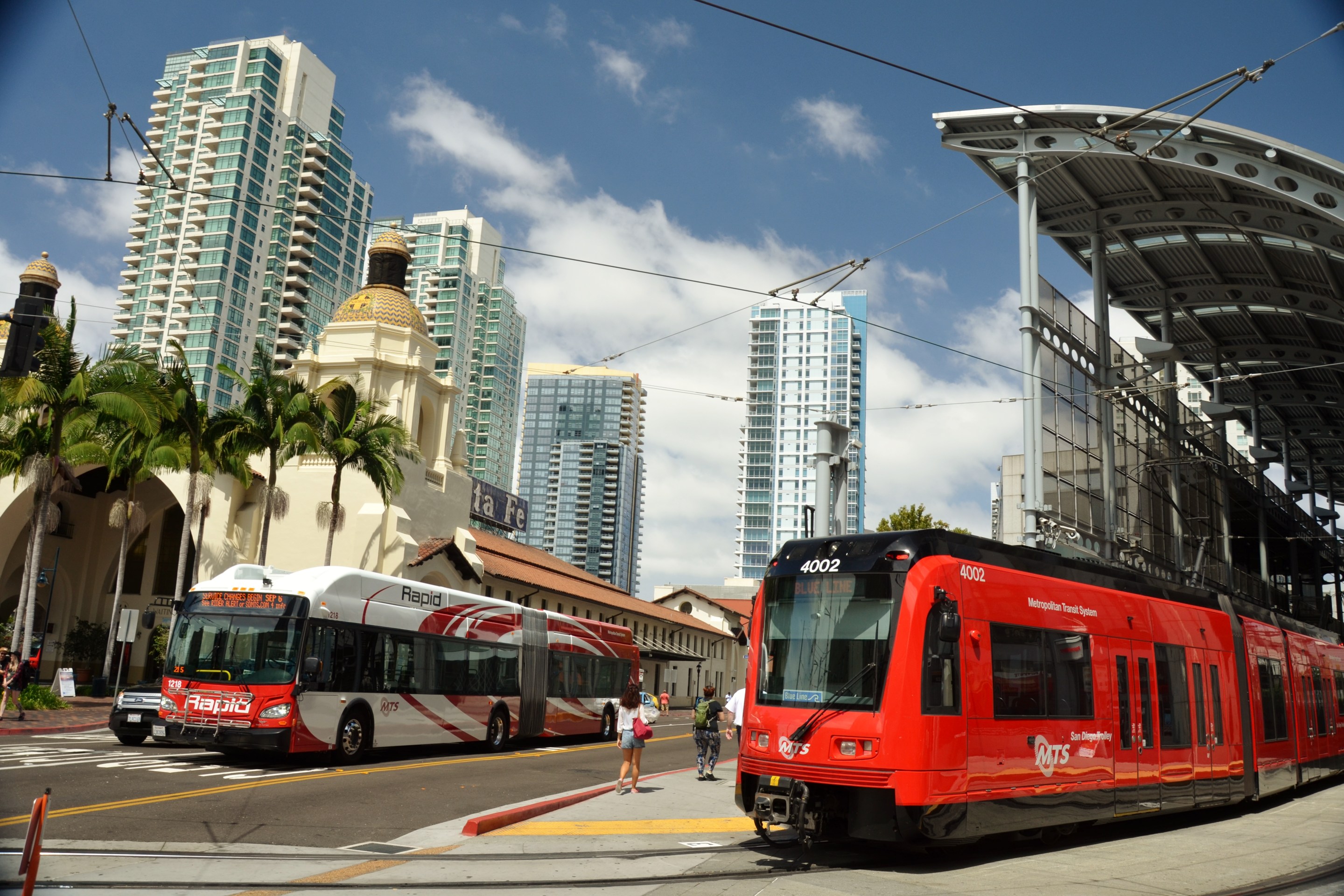When a driver kills someone on foot, is it an act of God, beyond anyone's power to prevent? Or is it the result of a broken system in desperate need of reform?
To read the coverage of the May 31 killing of 80-year-old Arnulfo Salazar in Charlotte, North Carolina, you'd think it was a random, unpreventable tragedy. Or that Salazar could have saved himself if only he'd been more careful. The stories don't convey any sense that Salazar was failed by a hostile and unforgiving system.
I want to unpack this case because it's such an egregious example of passive reporting on pedestrian deaths and how it obscures the systemic problems that make America's traffic fatality rate so much worse than that of peer nations.
Salazar was in good health -- an "avid walker," according to his family. Then on May 31, police officer Jeffrey Page, who was off-duty but driving a patrol car, struck and killed him.
Because the driver was a police officer and Salazar's family was not afraid to speak out, this case received more attention than most pedestrian fatalities. It could have prompted some digging and a thorough investigation into what caused the crash. Instead, multiple reporters repeated, without question, dubious explanations that made Salazar out to be culpable for his own death.
Police accused Salazar of "running" into the path of the car. Three different reporters used the same verb.
- Kimberly Johnson at Charlotte Patch: "Salazar ran from the median into the path of Page's Chevrolet Caprice."
- Stephanie Tinoco at WSCO: "Police said Salazar ran from the center median across the street and into the path of an on-duty patrol car driven by Officer Jeffrey Page."
- Jane Wester at the Charlotte Observer: "Police said Salazar ran into the car's path from the median and was not in a crosswalk."
So an 80-year-old man sprinted into the street and caused his own death, according to Page's coworkers in the police department -- an explanation that defies belief.
Police have ample motive to excuse one of their own, but none of the press coverage treats the official account with even a shred of skepticism. No one raises the question of how fast Page was driving, or how he could have avoided killing someone.
Police also noted that Salazar "was not within a marked crosswalk or wearing reflective clothing," reports Tinoco.
The victim's daughter, Jimena Salazar, took issue. "It was six o’clock - plain daylight," she told Tinoco. "Why would he be wearing reflective gear before that time?"
That's an excellent question. Moreover, why is his clothing relevant at all, when it's incumbent on drivers to observe their surroundings and avoid hitting people with their cars?
The "outside a crosswalk" defense, meanwhile, is Page's trump card. There's no need to even inquire about the driver's speed or distractedness if the victim was beyond the narrow boundaries set aside for pedestrians.
But was there a marked crosswalk anywhere nearby? How far would someone have to walk to reach one?
Page struck Salazar on the 11,000 block of Tyrone Street, or State Highway 49. Here's the wide, fast straightaway where Salazar lost his life:
No reports give the precise location of the collision, but crosswalks on this state highway are about a third of a mile apart. If Salazar was at the midway point between crosswalks, he would have had to walk a third of mile just to get to the other side of the street while obeying the letter of the law. Even for a young person in good shape, let alone an 80-year-old man, that's a serious detour.
We may never know the exact circumstances of the crash, but Salazar's family is trying to raise money to hire an investigator. One thing that's certain, however, is that journalists should be more skeptical of police accounts of pedestrian deaths.
Far too often, police rely exclusively on the testimony of the driver -- the victim can no longer tell his or her story. And when the only version of events that gets reported is a story that absolves the driver while blaming the victim, the public discussion of street design and driver behavior won't even mention possibilities for reform. And that means more people will lose their lives.
